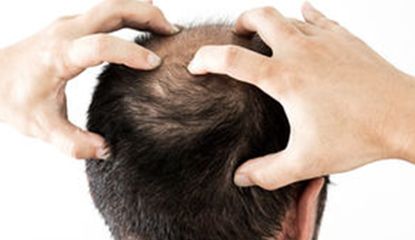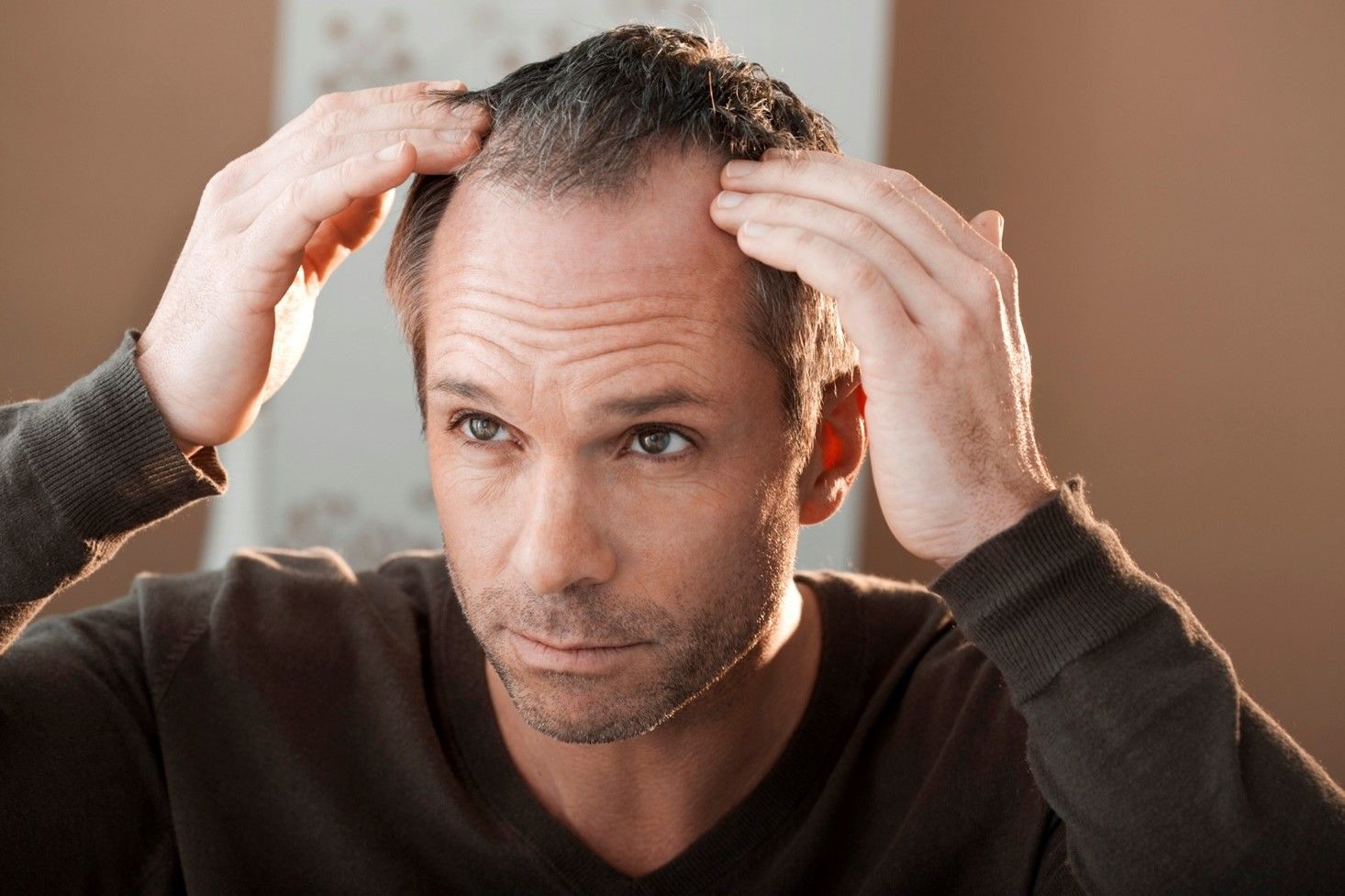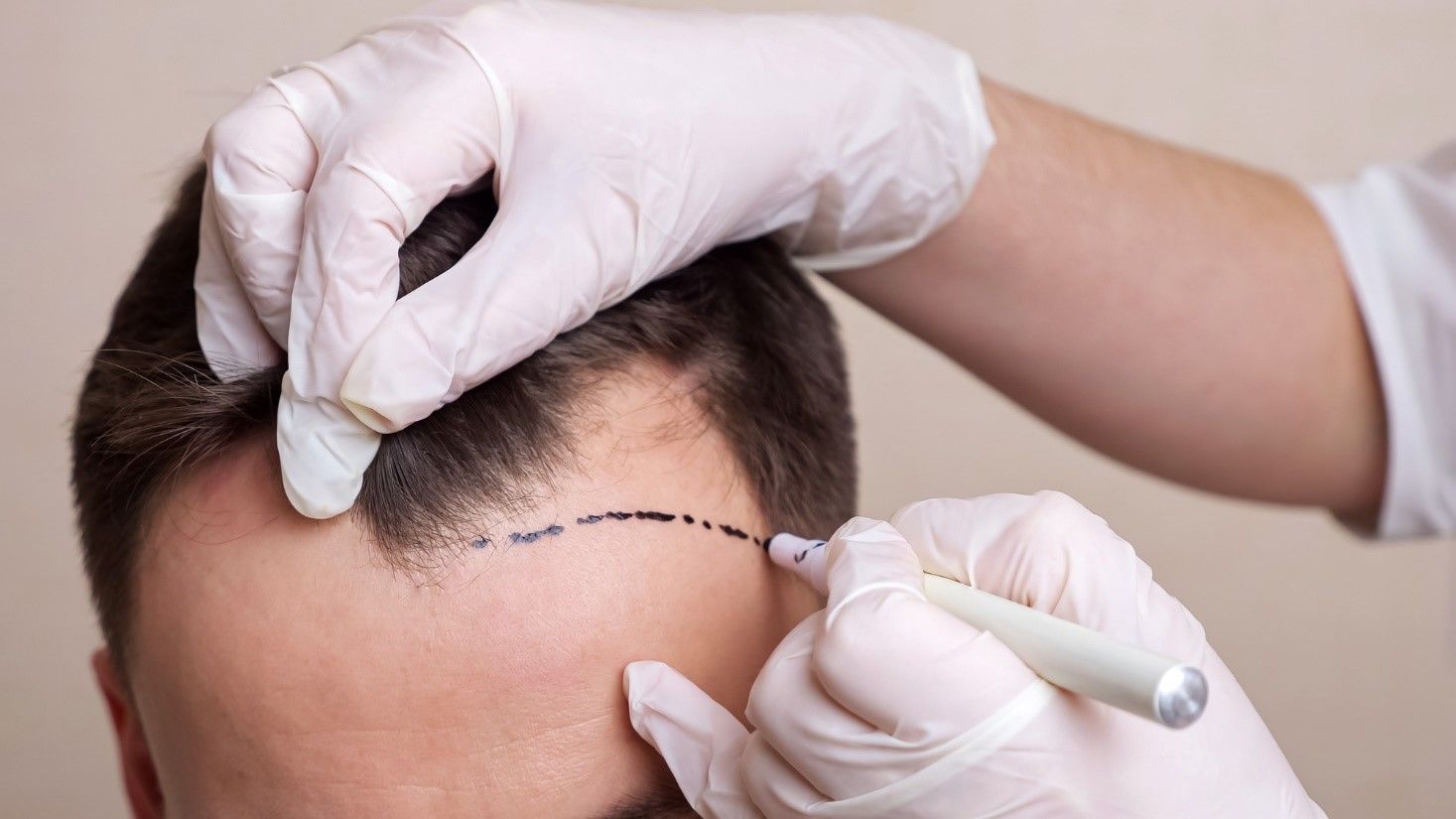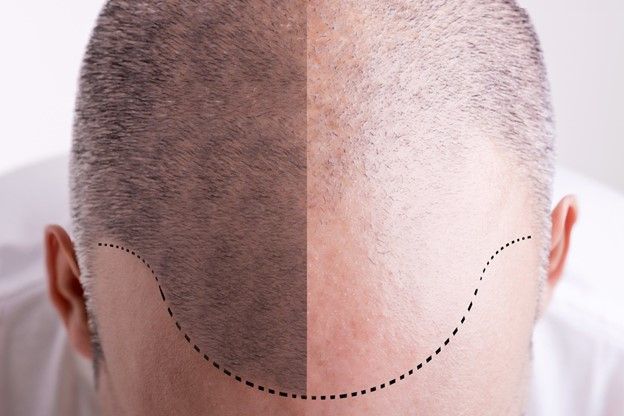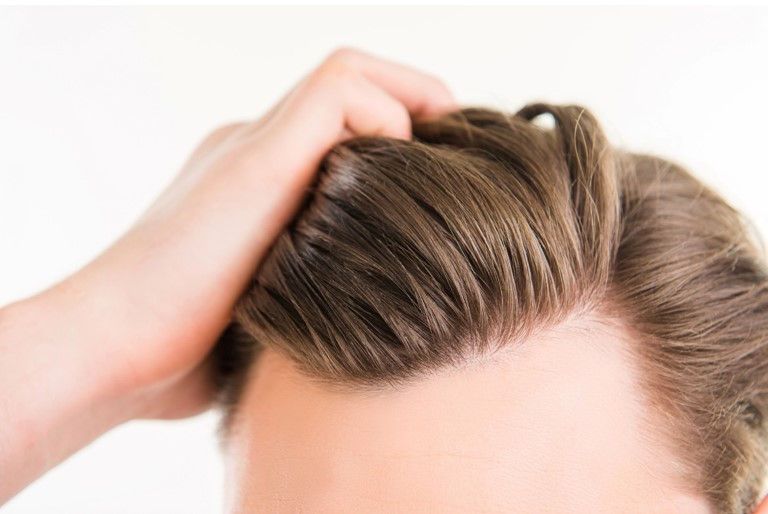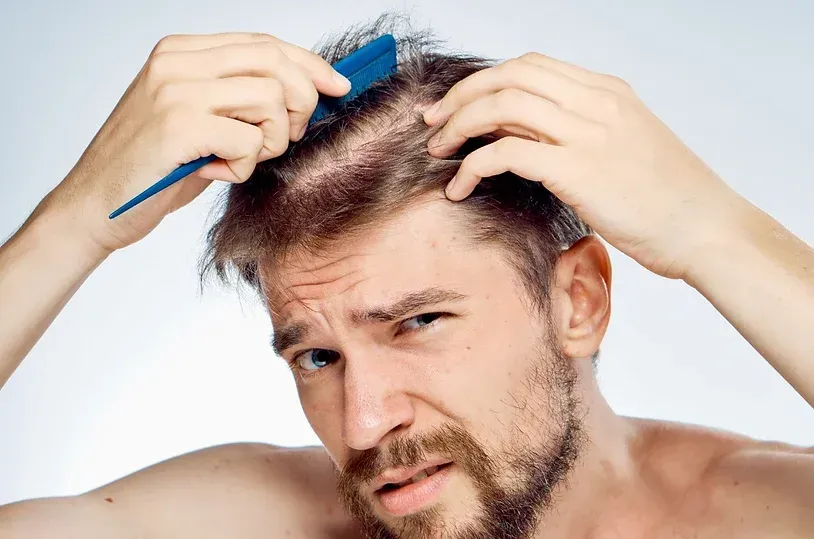Postpartum Hair Loss: Your Options
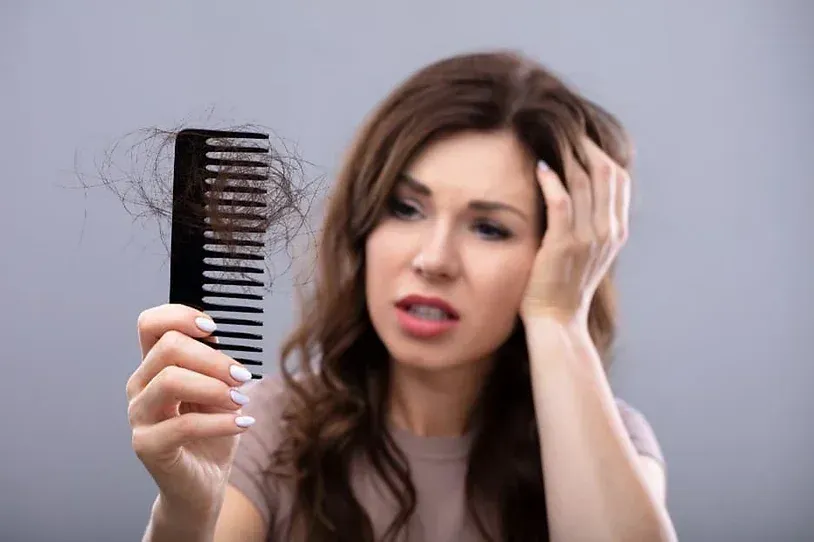
Postpartum Hair Loss: Your Options
On average, postpartum hair loss affects 40-50% of people post-pregnancy. As common as it is, hair loss can add significant stress to an already stressful life. Luckily, there's help.
Read on to learn more about postpartum hair loss treatment.
Why Does Post Partum Hair Loss Occur?
Hair growth happens in three cycles: the growing phase, the resting phase, and the shedding phase. These phases repeat throughout your life. During pregnancy, most hair stays in the growth phase due to hormonal differences between pregnancy and not being pregnant.
After giving birth, your hormone balance changes again. This time, your pregnancy-induced thick hair starts to fall out. As so much hair begins to fall out at once, the loss seems more significant.
When Does Postpartum Hair Loss Begin?
Generally, it starts around four or five months postpartum; but everyone is different.
Some people might notice hair shedding a little earlier or later than the average.
Does Breastfeeding Matter?
Hormones are the cause of your hair loss, not breastfeeding.
Are There Any Postpartum Hair Remedies?
While postpartum hair loss usually cannot be avoided altogether, there are some postpartum hair remedies you can try at home. They may mitigate some of your hair shedding.
Vitamins for Postpartum Hair Loss
The vitamins associated with healthy skin and hair that might help your hair post-pregnancy. Biotin, for example, has long been touted for its positive effects on hair. You can get biotin from eggs, seeds, nuts, and supplements.
Vitamin C helps your body produce collagen. It's also high in stress-reducing antioxidants and helps your body absorb iron - an element necessary for healthy hair.
Take Care of Yourself
The postpartum period can be a rollercoaster of emotions. It's important to take special care of your physical and mental health during this time. Good nutrition is a must, as is getting as much rest as you can.
Rest doesn't always come easy when you're caring for your child. But you have to remember that caring for yourself is also important. Your child needs their parent(s) to be as happy and healthy as possible.
What About a Hair Transplant?
Hair transplants are a successful hair loss treatment that moves hair from an area of abundance on your scalp to one of scarcity. Usually, postpartum hair loss stops once you reach the point you were at before you got pregnant.
If for some reason, your hair shedding results in bald spots or unnaturally thin areas, a hair transplant can help you address your concerns. Depending on the reason(s) for your hair loss, a hair transplant is intended to be a permanent fix. The hair is your own, transplanted from one area of your scalp to another, and should continue to grow normally in its new location over the course of your life.
Restore Your Hair and Your Confidence
Postpartum hair loss begins around 4 to 5 months after giving birth. Taking vitamins for postpartum hair loss can help, as can eating a balanced diet and taking care of yourself.
If you'd like to learn more about hair restoration or to book an appointment with Dr. Cotterill, contact us today.

